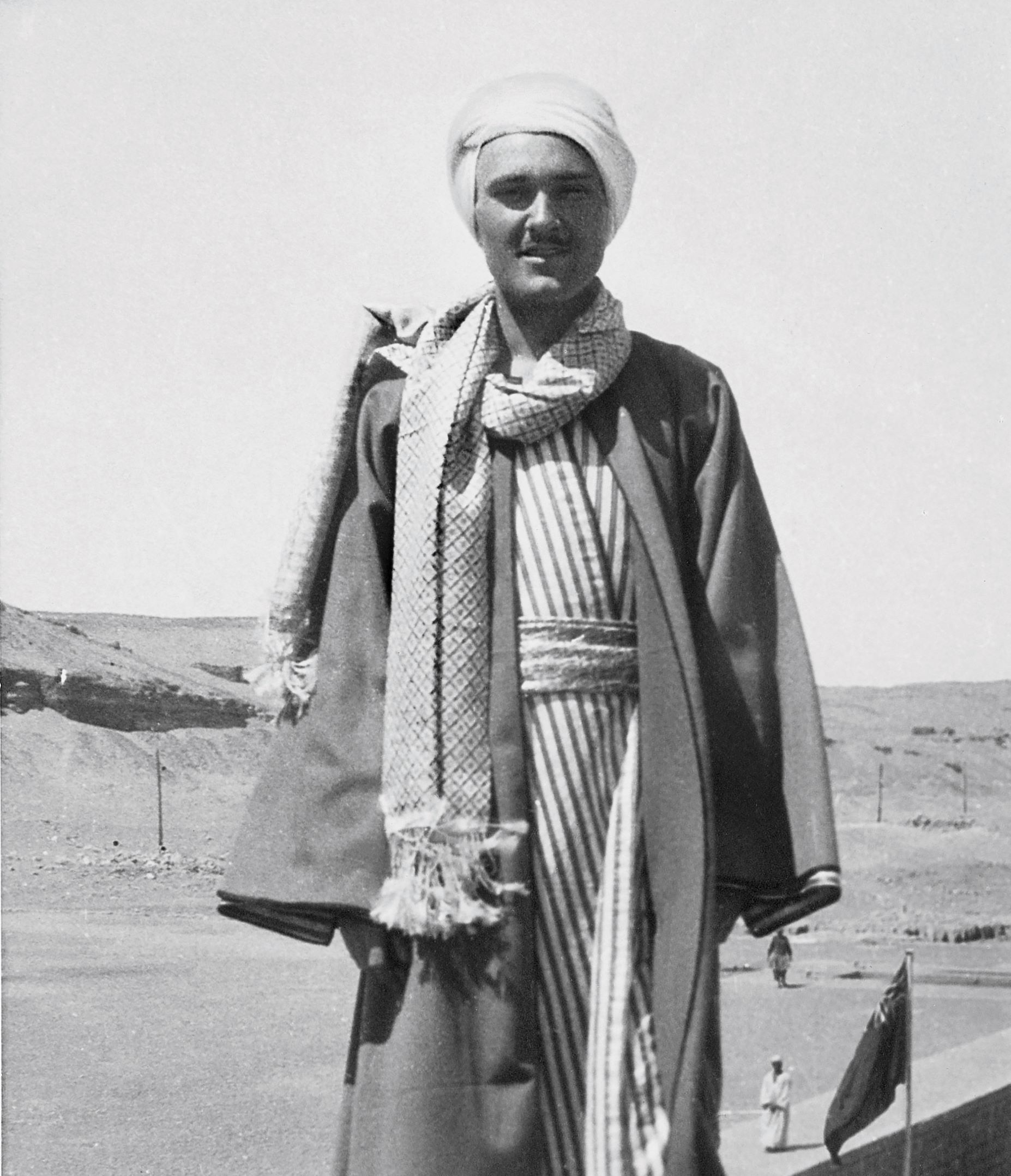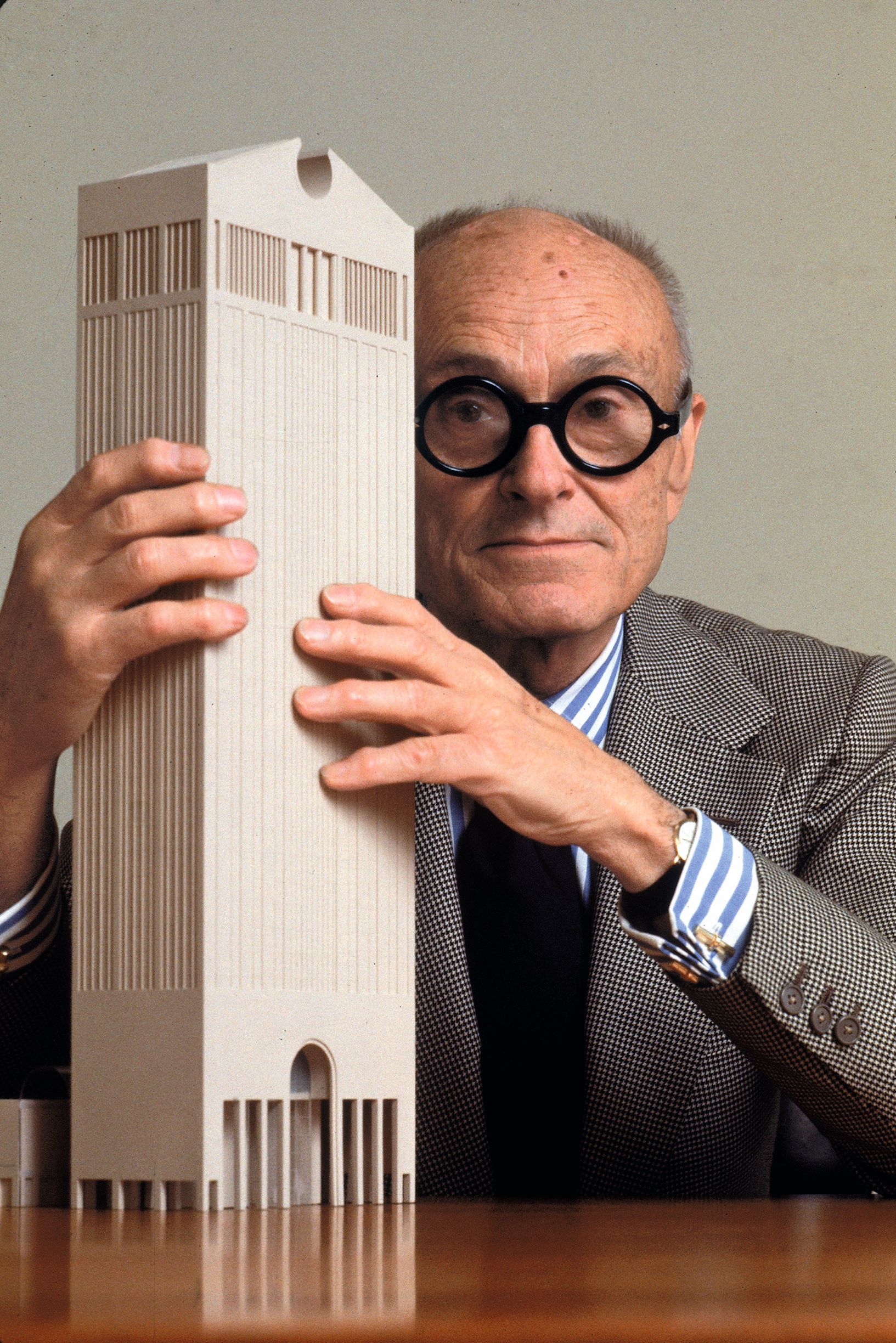
The trips that led to Philip Johnson’s knack for reinvention
The architect, influencer and self-confessed chameleon showed his highly changeable qualities early on
Philip Johnson was such an effective and all-pervasive presence within 20th century architecture, thanks in part to his appetite and skill for reinvention. A champion of modernism and a key figure within postmodernism, he could campaign for the preservation of old buildings, and also advocate for a reinvention of the built environment.
Author Ian Volner quotes the architect in his new book, Philip Johnson: A Visual Biography, as saying “I’m a chameleon, so changeable. I see myself as a gadfly and a questioner.”
When did this quality first assert itself in Johnson’s life? Volner identifies as emerging early on. It can be detected, the author writes, in Johnson’s 1920s travels, when, bouyed up on the good fortune of his family bequest of highly valuable aluminium shares, he began to travel the world.
"More important than any of the individual roles that he took on during his travels was the habit of self-reinvention,” writes the author. “In Philip’s later years, the press would frequently attach the epithet ‘chameleonlike’ to his name, and in no small measure, his seemingly infinite mutability dates to his early forays abroad.

“Unmoored from the strictures of Cleveland, Ohio, and Cambridge, Massachusetts, Philip found that he could be anyone he pleased—an Arab sheikh, a Parisian bohemian, an earnest young scholar of German Kultur—and that his quick intelligence and ready charm would make almost anyone game to get in on the act.”
The photo of Johnson in the Egyptian capital is a surprising one, though perhaps his attempts to blend in in the land of the Pharoahs served as good training for a life assimilating all manner of architectural styles, while moving easily among the most rarefied of public figures of his own age.

To see many more photographs, and to understand his life and work more deeply, order a copy of Philip Johnson: A Visual Biography, here.